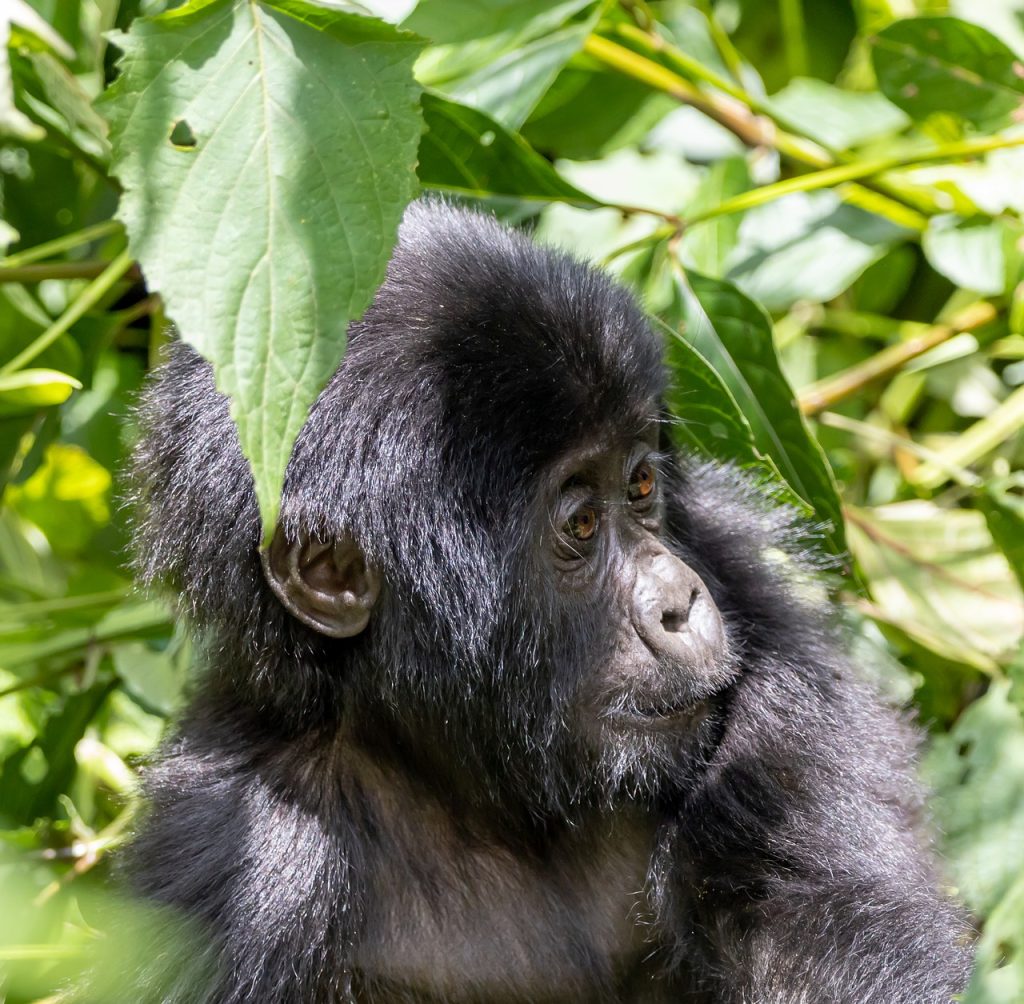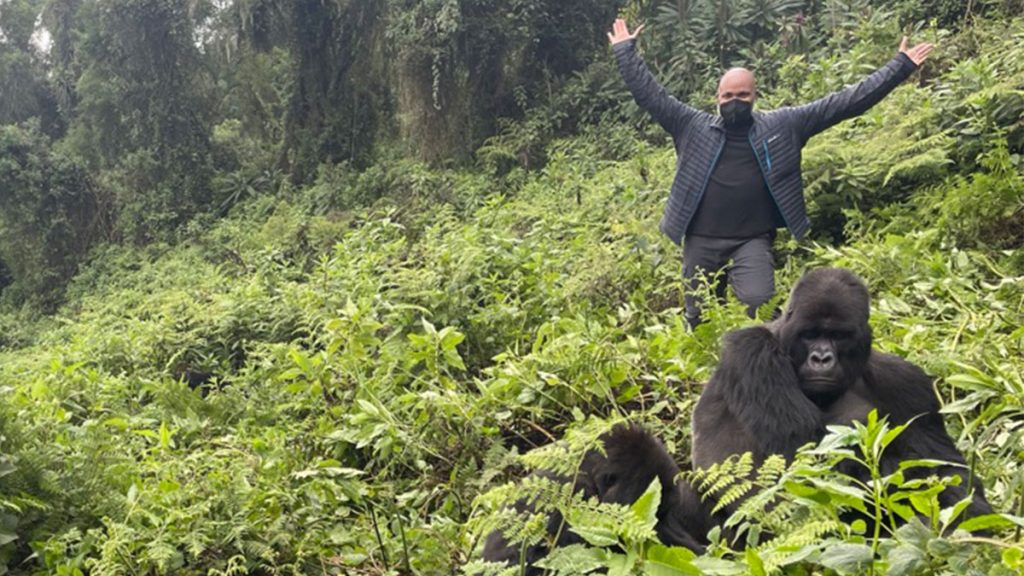Bwindi Impenetrable National Park is a UNESCO World Heritage Site located in southwestern Uganda, renowned primarily for its population of endangered mountain gorillas. However, the park is also a remarkable destination for birdwatching, biodiversity, and unique ecological features.
Overview of Bwindi Impenetrable National Park:
Location and Geography:
- Bwindi is situated in the southwestern corner of Uganda, along the border with the Democratic Republic of Congo, covering an area of approximately 331 square kilometers.
- The park is characterized by its dense, montane rainforest terrain, featuring steep hills, valleys, and a network of rivers and streams.

Scenic Beauty and Ecological Importance:
- The park’s name, “Impenetrable,” reflects the dense undergrowth and tangled vegetation that makes navigating the forest challenging yet adds to its allure and ecological significance.
- Bwindi is part of the Bwindi Impenetrable Forest Conservation Area, which includes Mgahinga Gorilla National Park. Together, they protect a vital habitat for mountain gorillas and other endemic species.
Gorilla Trekking:
- Gorilla trekking is the highlight of visiting Bwindi. Permits are required and limited to a small number of visitors each day to minimize disturbance to the gorillas and their habitat. Treks range from relatively easy to challenging, depending on the location of the gorilla groups on any given day.

Wildlife:
- Mountain Gorillas: Bwindi is home to roughly half of the world’s population of mountain gorillas, making it one of the best places in the world for gorilla trekking. There are several habituated gorilla groups that can be visited by tourists under strict regulations to ensure their conservation and protection.
- Other Primates: In addition to gorillas, Bwindi supports a variety of other primate species including chimpanzees, black-and-white colobus monkeys, L’Hoest’s monkeys, and red-tailed monkeys.
- Birds: Bwindi boasts an impressive bird list of over 350 species, including 23 Albertine Rift endemics such as the African green broadbill, Shelley’s crimsonwing, and the handsome francolin. It’s a paradise for birdwatchers interested in both forest species and montane birds.

Conservation and Challenges:
- Bwindi Impenetrable National Park faces challenges such as encroachment by local communities, poaching, and habitat degradation from illegal activities. Conservation efforts are focused on sustainable tourism, community engagement, and habitat protection to ensure the long-term survival of gorillas and other wildlife.
Visitor Experience:
- Besides gorilla trekking and birdwatching, Bwindi offers opportunities for nature walks, cultural encounters with local communities (like the Batwa pygmies), and scenic viewpoints overlooking the forest and surrounding landscapes.
Accessibility:
- The park is accessible by road from nearby towns like Kabale and Kisoro. The journey from Uganda’s capital, Kampala, takes approximately 8-10 hours by road, or flights are available to nearby airstrips followed by a short drive.
Bwindi Impenetrable National Park stands out not only for its charismatic mountain gorillas but also for its rich biodiversity, stunning landscapes, and cultural significance. It remains a must-visit destination for nature enthusiasts, conservationists, and anyone seeking a unique and immersive wildlife experience in Africa.

